Premium Only Content
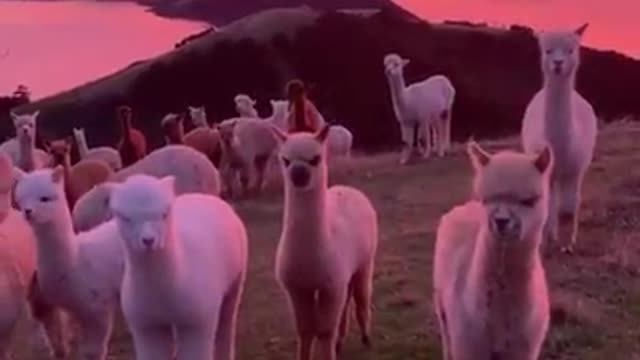
Herd Of Alpacas Enjoy Magnificent Sunset
A herd of alpaca came out in sunset time and they are looking adorable. The video of their appearance has been viral on the internet.
The alpaca is a type of South American camelid. It is like and frequently mistaken for, the llama. Nonetheless, alpacas are regularly observably littler than llamas. The two creatures are firmly related and can effectively cross-breed. Alpacas and llamas are likewise firmly identified with the vicuña, which is accepted to be the alpaca's wild predecessor, and to the guanaco.
Alpacas may simply be the cutest of all the Camelidae family, which incorporates llamas, guanacos and vicunas from South America, and Bactrian and Dromedary camels from Asia and Africa. With their floppy fuzzy tufts, thin necks, ingénue eyes and bashful Clara Bow smiles, they are the "it" young ladies and young men of the ungulate world.
Be that as it may, past their enchanting, eccentric great looks, these animals are liable for bearing the absolute silkiest, the most adaptable fibre found in nature, for which they are shorn every year. Alpaca is a claim to fame fibre that has been portrayed as more grounded than mohair, better than cashmere, smoother than silk, milder than cotton, hotter than goose down and preferred breathing over warm weaves. Alongside that, alpacas themselves have some quite noteworthy character characteristics.
Delightful, accommodating and delicate, alpacas are prized as pets and steers far and wide. There are no wild alpacas. Alpacas have tamed renditions of vicuñas, South American ruminants that live high in the Andes. Alpacas are identified with llamas, which are trained forms of another wild Andean ruminant, the guanaco. While llamas are utilized as pack creatures, alpacas are raised mostly for their delicate fleece.
Guanacos and vicuñas are found all through the Andes Mountains. They have plummeted from camelids that created in North America and relocated to South America 3 million years prior, as indicated by Phil Switzer, an alpaca raiser situated in Colorado. These creatures developed into guanacos and vicuñas, and around 6,000 years prior, individuals in the Andes started to train them.
The primary distinction between the breeds is the length and fineness of the fleece-like fibre, as indicated by the Food and Agriculture Organization of the United Nations (FAO). The Suri have extremely long filaments ("velvety dreadlocks," as indicated by Alpaca Ventures), while the Huacaya have an increasingly conservative "crimpy" wool, with shorter strands.
-
 0:07
0:07
iwalka2
6 years ago $0.31 earnedCockatoo greets owner with magnificent sunset backdrop
3.43K1 -
 1:06
1:06
ViralHog
6 years agoMoose Stops for a Sunset Hello
65 -
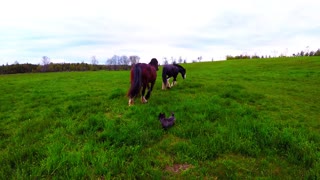 1:17
1:17
WildCreatures
6 years ago $10.24 earnedMagnificent Clydesdales groom each other in the meadow
2.24K1 -
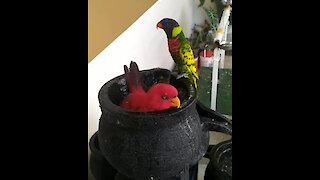 0:51
0:51
Herlina
6 years ago $21.66 earnedBeautiful parrots enjoy bath in exotic waterfall
2.93K -
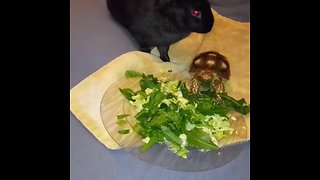 0:49
0:49
Fishyshideaway
6 years ago $2.85 earnedRabbit and turtle enjoy healthy snack together
477 -
 0:38
0:38
rmw2861
6 years ago $2.08 earnedPet Monkey Enjoy Tasty Drive-Thru Fruit Snack
4.72K2 -
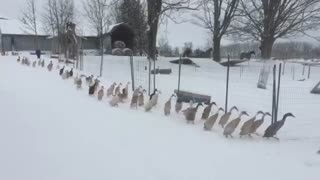 0:24
0:24
ColinDavis
6 years ago $48.66 earnedMassive Amount Of Ducks Enjoy A Snowy Day
4.98K1 -
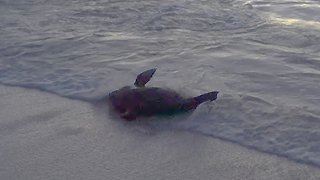 1:19
1:19
WildCreatures
6 years agoSea lion has fun body surfing during sunset
3.06K1 -
 1:04
1:04
ViralHog
6 years ago $0.41 earnedBears Enjoy Spectacular Sunset Swim
8691 -
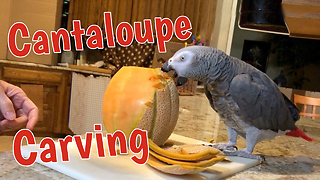 1:05
1:05
Einsteinparrot
7 years ago $0.02 earnedParrot interrupts cantaloupe carving to enjoy a treat
4.96K1